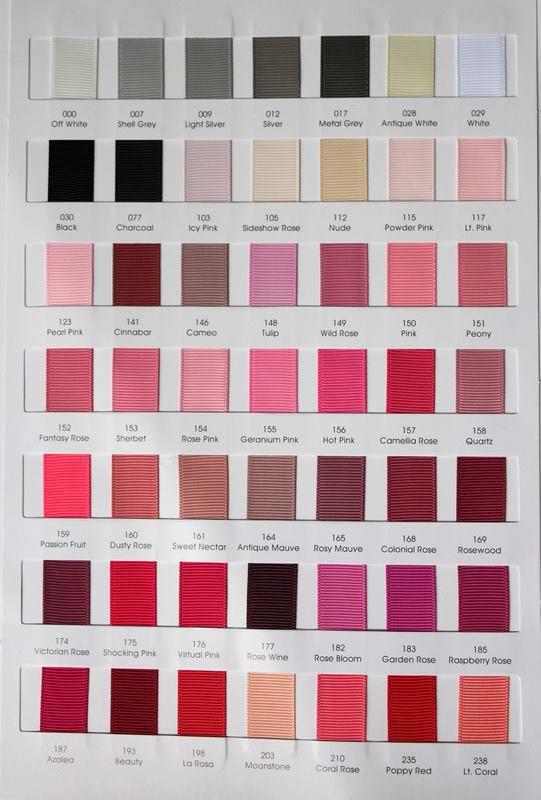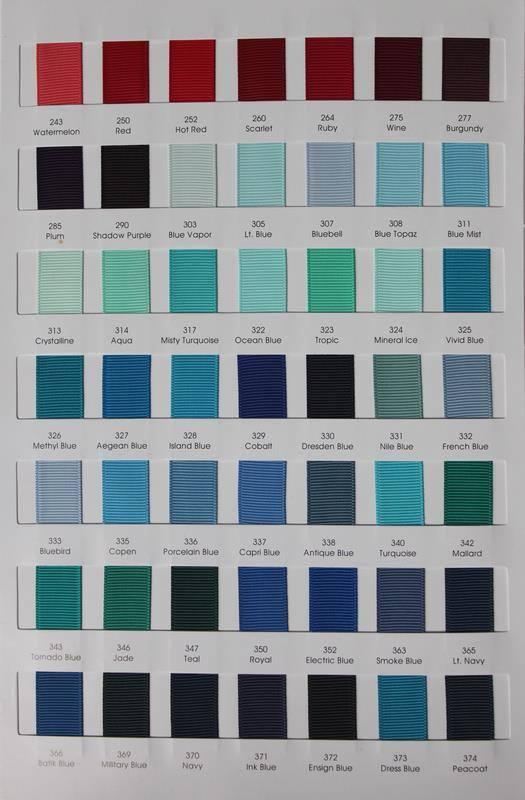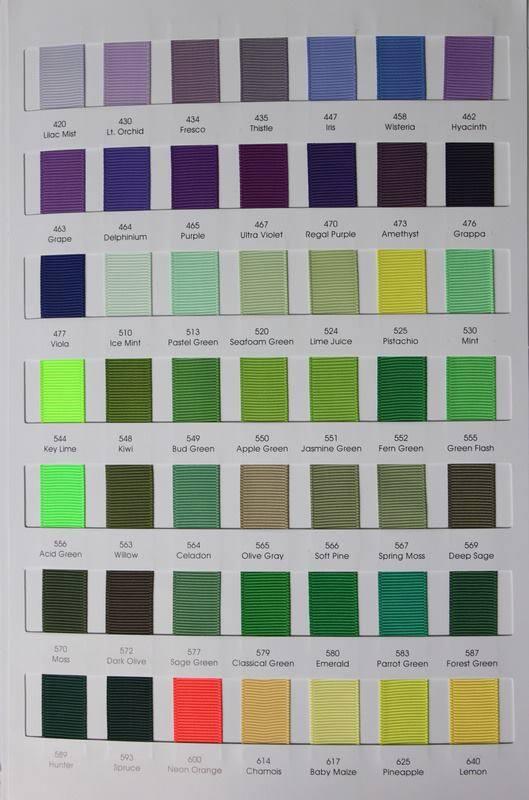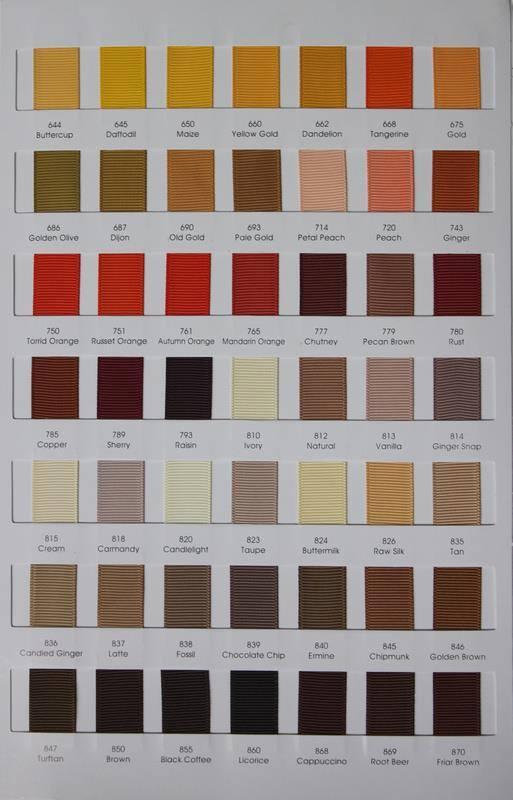Dress Care
Your dress is such an important part of any special event that you could even call it an investment or valuable keepsake. Whether you want to preserve your dress for the memories or wear it again and again, following these maintenance and cleaning tips well help keep it as beautiful as the day it arrived.
Why Dry Clean?
Dry cleaning helps colors stay bright and preserves the beauty and sheen of our satin and satin-like fabrics.
Many of our dresses have delicate trim, beading, embroidery or other embellishments that could be damaged by machine or hand washing.
Dry cleaning minimizes the need to use dryers, irons and steamers to dry or remove wrinkles. Heat can be damaging to the fabric of our dresses.
Stains:
Accidents happen, but spills need not ruin your beautiful dress or your night. If treated promptly, many stains can be removed and your dress will be as good as new.
Dry cleaning stains:
-All of our dresses are dry clean only.
-Take stains to a professional dry cleaner as soon as possible for best results.
-Tell the cleaner what caused the stain so they can treat it properly.
Treating stains at an event:
If a stain happens in the middle of your event, you may not be able to take it to a dry cleaner right away. Here’s all you need to know to minimize damage and get on with your night.
-Dab gently to remove any excess stain. If there is residue, scrape it off with a dull knife.
-Never rub as that may spread or push the stain deeper into the fabric.
-Use a clean white cloth to dab. Avoid tissue or paper towels that could leave a residue.
– Don’t use soaps or pre-treating chemicals on the dress if you will take it to a dry cleaner later, as the chemicals could react and damage the fabric.
-Oil-based stains should be sprinkled with an absorber such as baby powder or cornstarch. Let it sit for 5-10 minutes, then brush off completely and dab with a cloth. Dry clean as soon as possible. Common oil based stains: makeup, grease or butter, deodorant, gasoline or body lotions
-For non-oil-based stains, place a white cloth underneath the stain and dab at the stain with another white cloth dipped in cool water. Common non oil-based stains: juices, coffee/tea, bodily fluids, red wine, mud, ink, baby food/formula
-Soak persistent stains in cool water until they come out (up to 24 hours). Remaining stains should be taken to a dry cleaner.
-Don’t iron, steam or heat dry stained fabrics s heat will set the stain.
Treating stains at home:
If you do decide to treat a stain yourself, be extremely careful and gentle. Remember that any stain removers or detergents you use could react with dry cleaning chemicals and damage the fabric should you later decide to have it dry cleaned. While oxygen-based cleaners and gentle detergents can remove some non-oil-based stains from polyesters, oil-based stains are best handled by professional dry cleaners.
-Never use bleach or stain removers with bleach on our dresses.
-Follow all instructions on the stain remover’s packaging.
-Spot test the stain remover on an unnoticeable area first.
-Mixing stain removers could damage fabric.
-Gently dab all excess stain off with a clean white cloth, being careful not to rub it in further.
-Place another cloth underneath the stain to catch residue.
-Work the stain remover from the edges in so the stain is removed to the wiping cloth and the cloth underneath. Avoid wiping outward and spreading the stain.
-Completely rinse all detergent or stain remover from the fabric afterwards.
-Once rinsed, roll wet fabric in a towel and then lay flat to dry. Don’t twist or wring.
Wrinkles:
Our fabrics don’t wrinkle easily, but if they do, hanging the fabric so that wrinkles fall out is often all that’s needed. A careful ironing or steaming with low heat can safely smooth out any persistent wrinkles.
-If the dress still has wrinkles after several hours on a hanger, try hanging it in the bathroom during a hot shower for a gentle steaming. Make sure the dress itself doesn’t get wet.
– More stubborn wrinkles can be removed with a warm iron. Avoid the hotter settings as they may damage the fibers.
-If using steam, use distilled water and clean any rust or particles from inside the steamer first.
-You may want to test the iron or steamer on an unnoticeable spot first, or place a clean cloth between the iron and the dress.
Preservation/Maintenance:
Our fabrics are chosen not only for their look and feel, but also their durability. With a little care, your dress will stay beautiful through many years and many special occasions.
-It’s a good idea to dry clean dresses after each wear. Body oils, deodorant residue or unnoticed stains left on the dress could set in and discolor the fabric over time.
-If the dress isn’t too heavy, it can hang in a garment bag for several months with no problem.
-If hanging a heavier dress, consider draping the skirt over a second hanger to take weight of the shoulder straps.
-Dresses heavy with beading or embroidery could start to pull apart if left hanging for many years. Store these flat, ideally in a box with acid-free tissue paper or a white sheet.
-Lay flat or roll the dress up instead of folding to prevent creases.
-Store or hang in a cool, dry place to prevent yellowing or mildewing over time.





